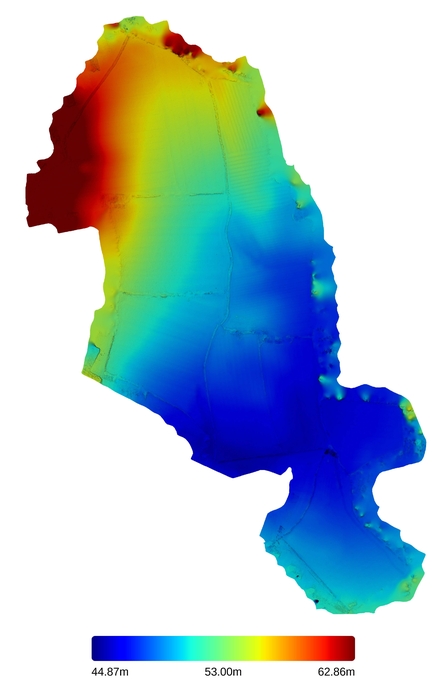After two years of creating new woodland habitats at Green Farm, we’re now at the stage where we can step back and watch things grow.
It will be interesting to see if this dry, warm spring has had an impact on the newly planted saplings. A cursory glance shows that the wood pasture trees are leafing up nicely and many of the woodland saplings are also growing well. I’ll be monitoring over the summer and should get a better idea of how the saplings are coping then. My hunch is that some will find conditions very much to their liking and will establish quickly whilst other species may need a few attempts to get started.
Establishing woodland on Green Farm for the first time in centuries was one of our top priorities, so is that it now? Has the restoration work finished? Well, not really. In fact, we’re ready to move on to phase two.



